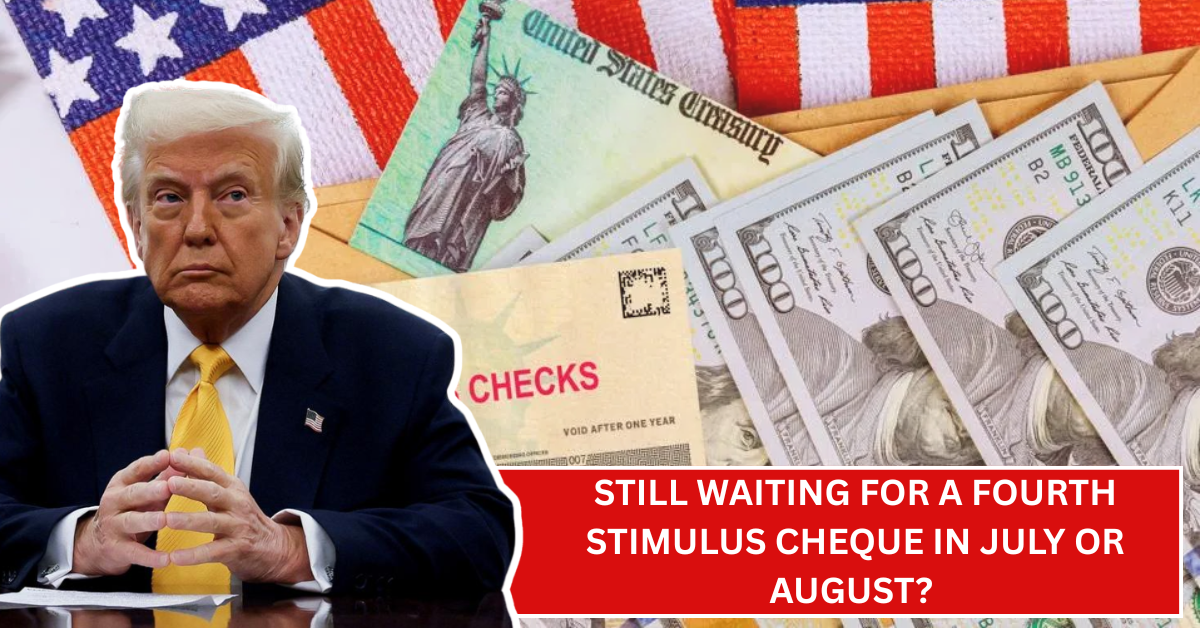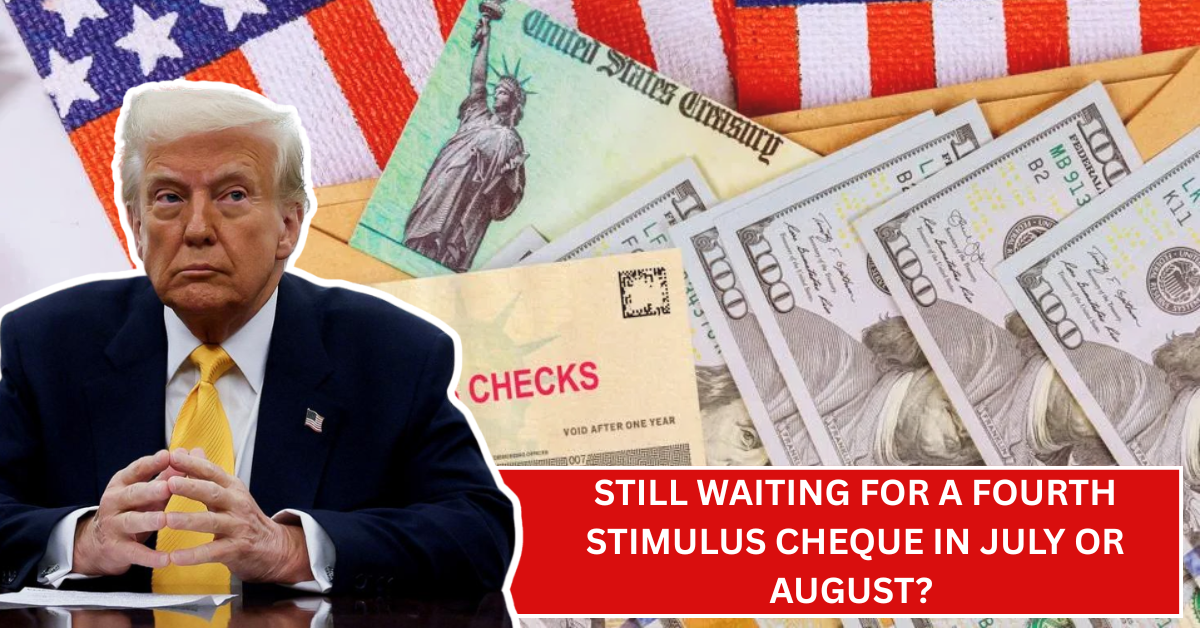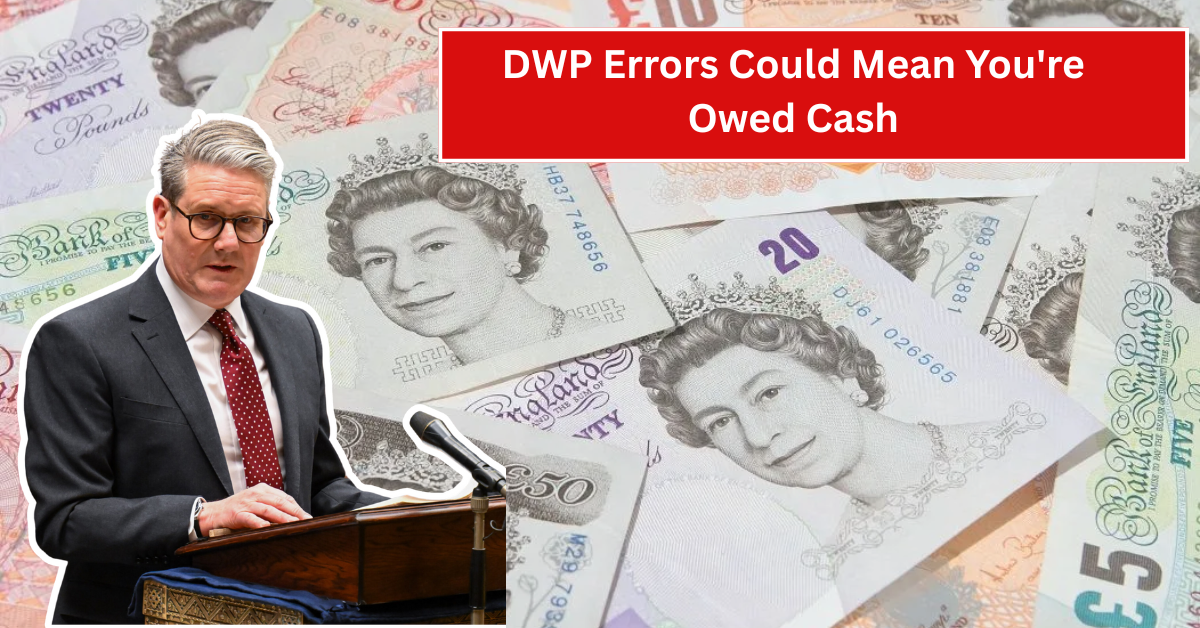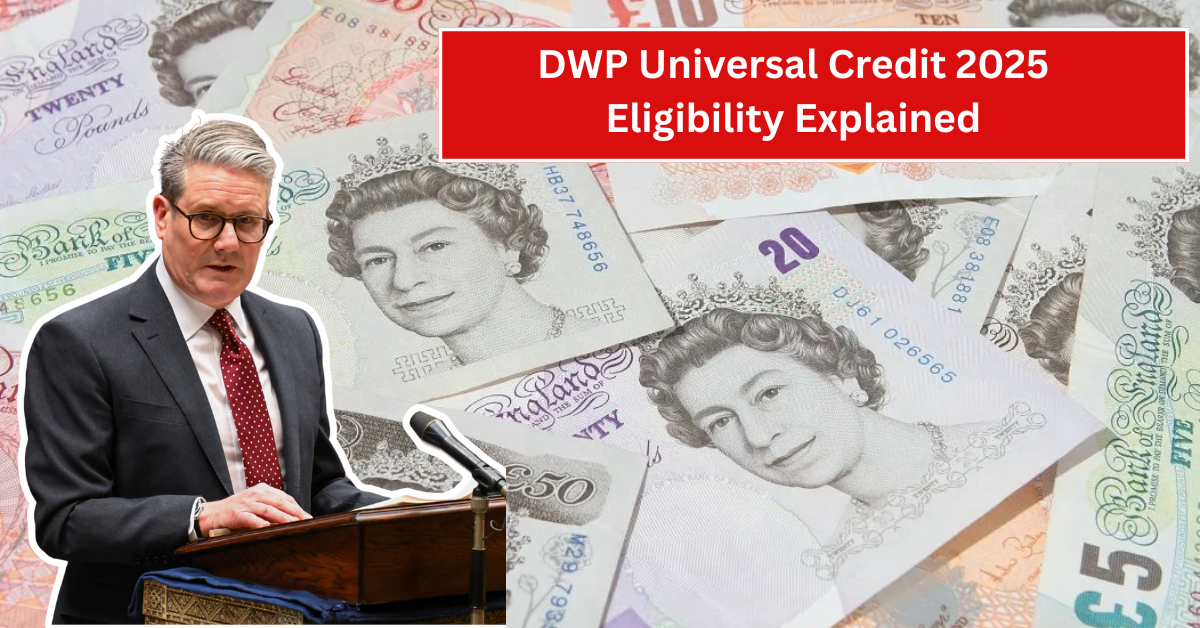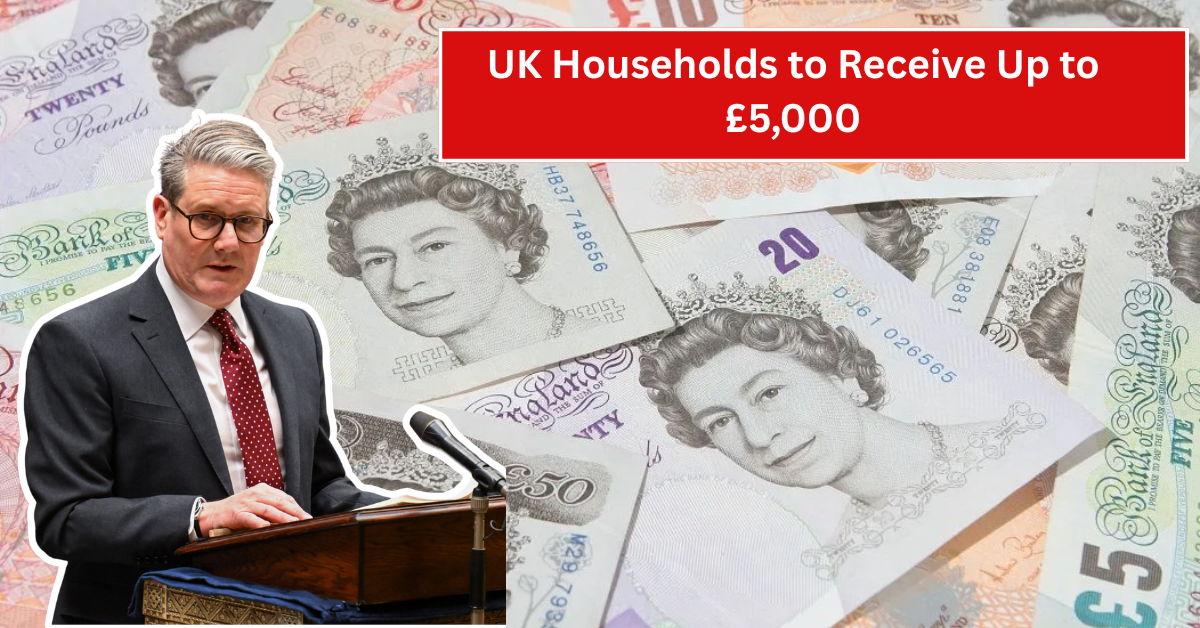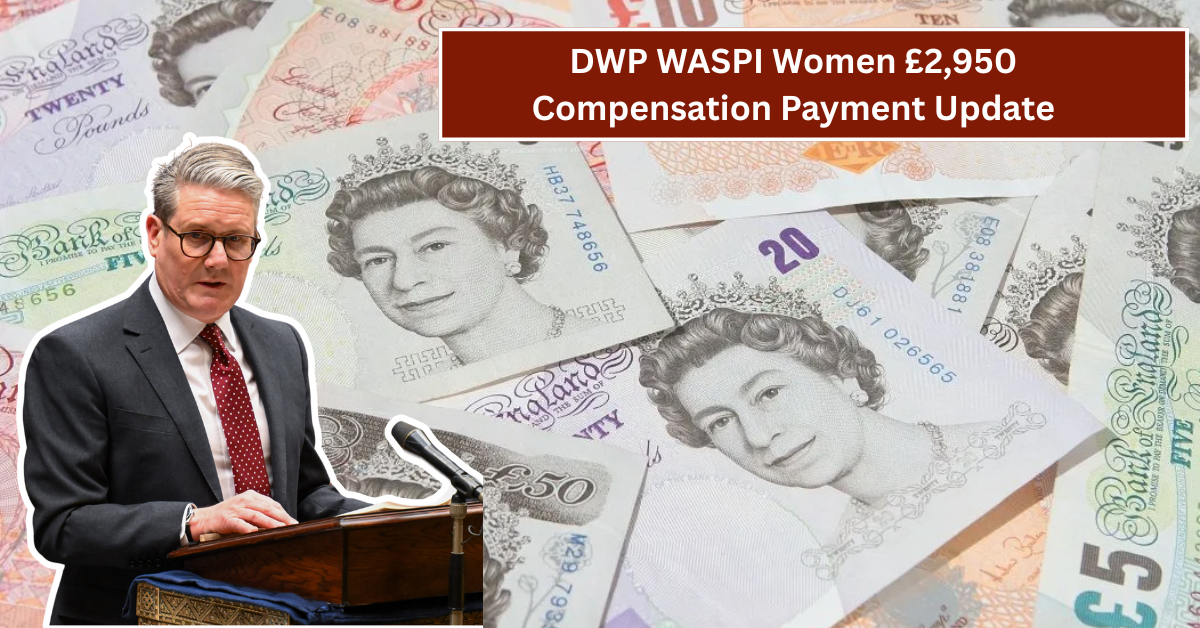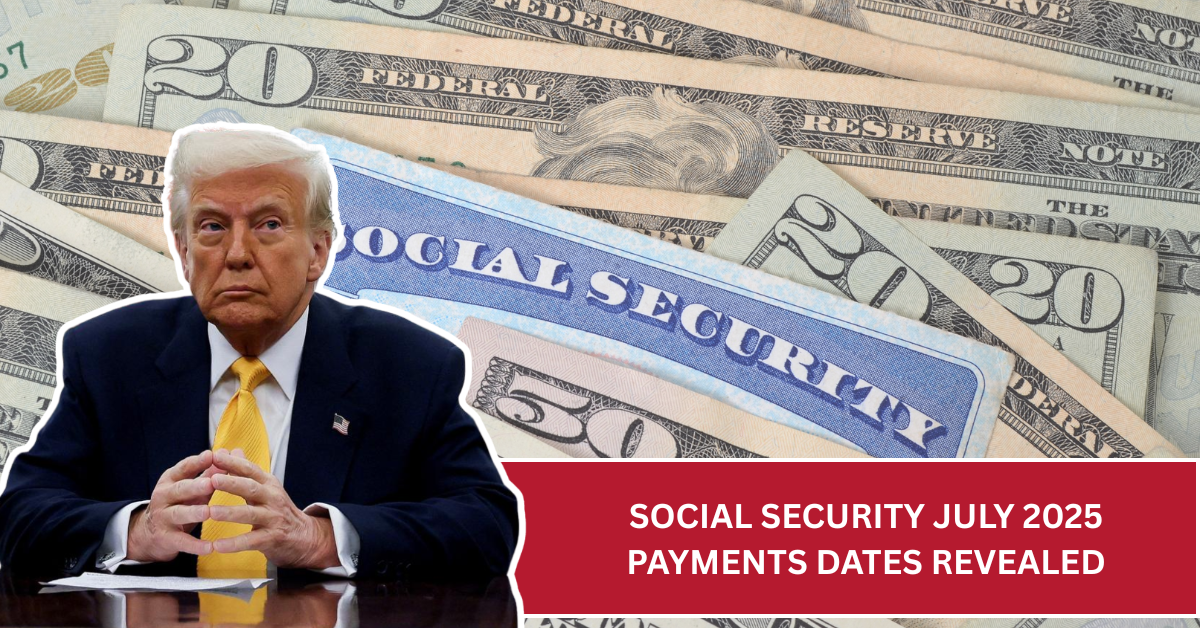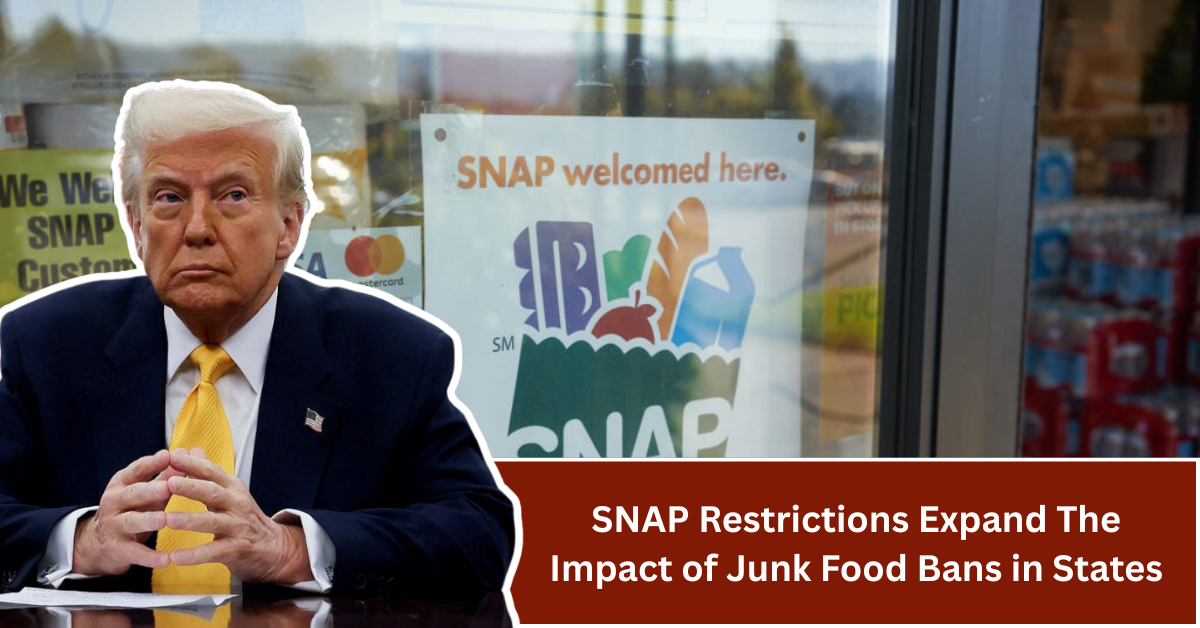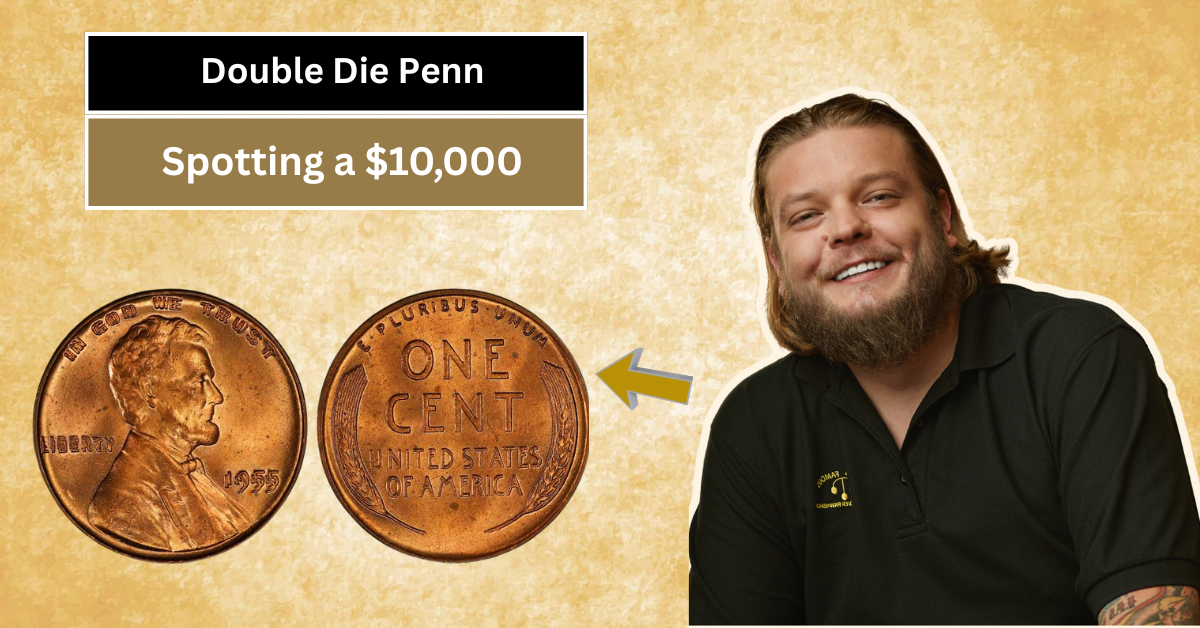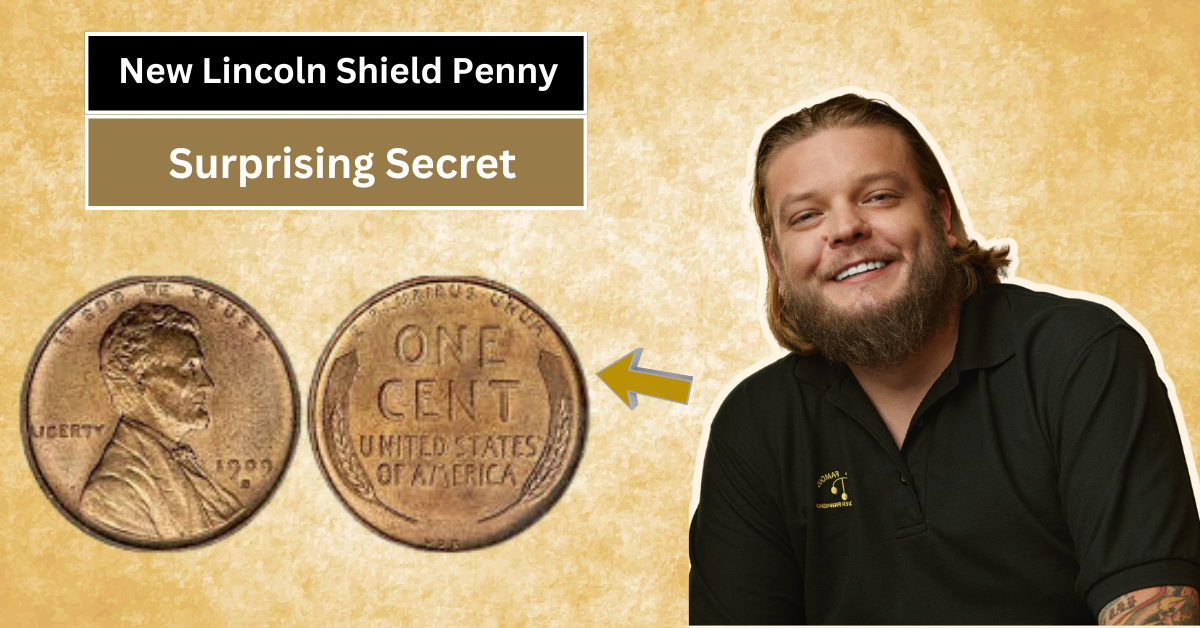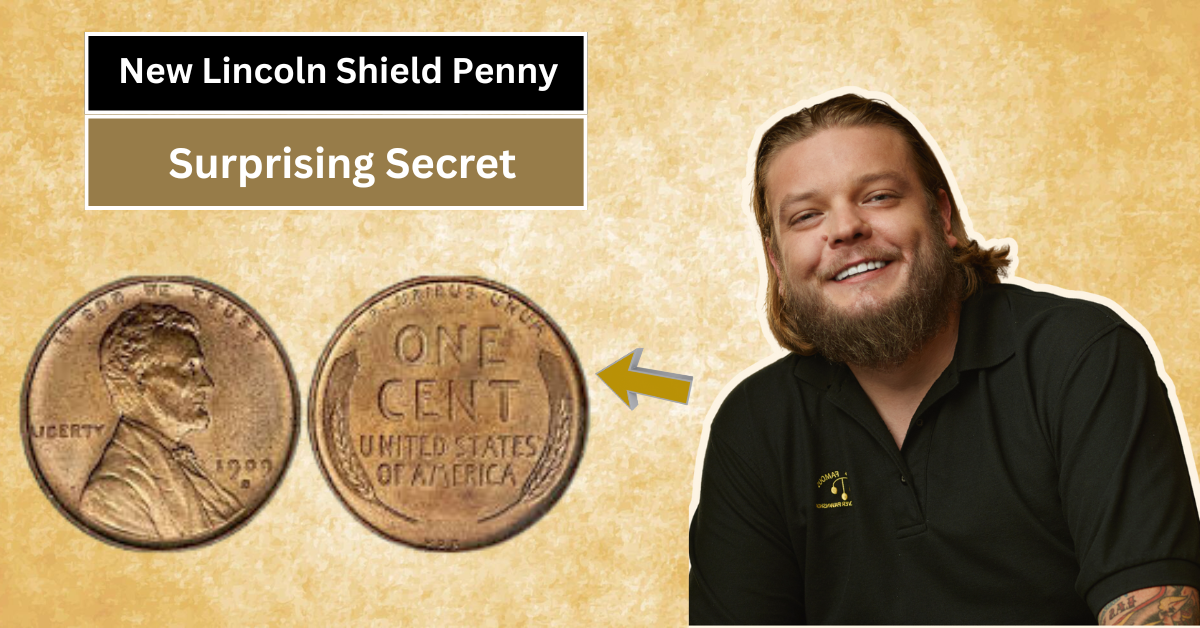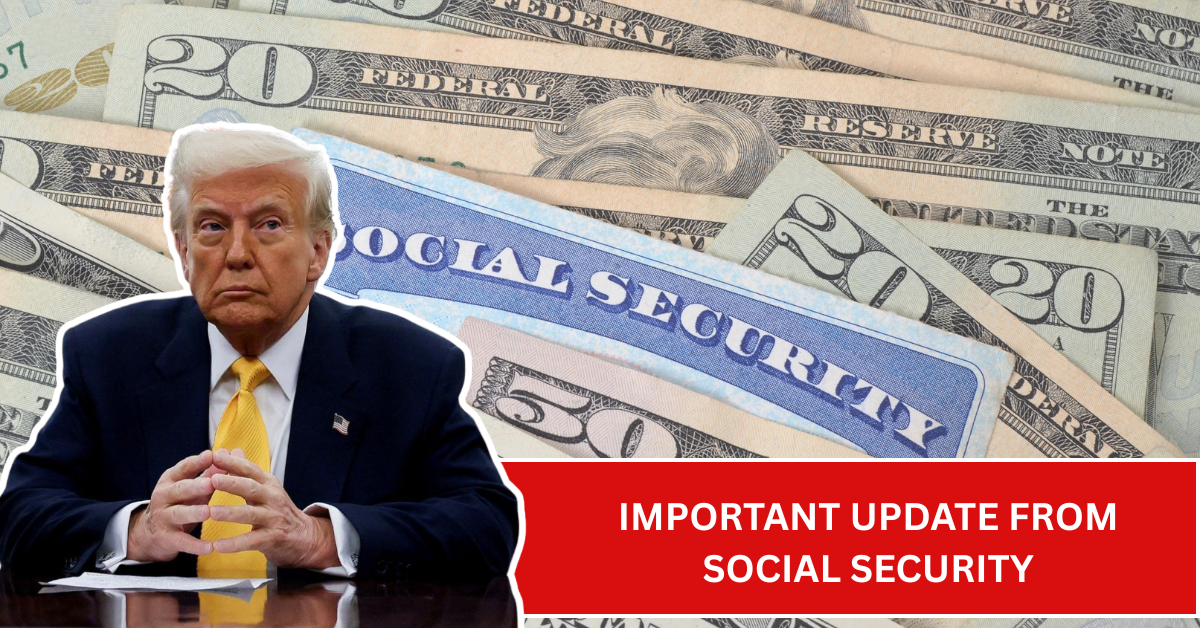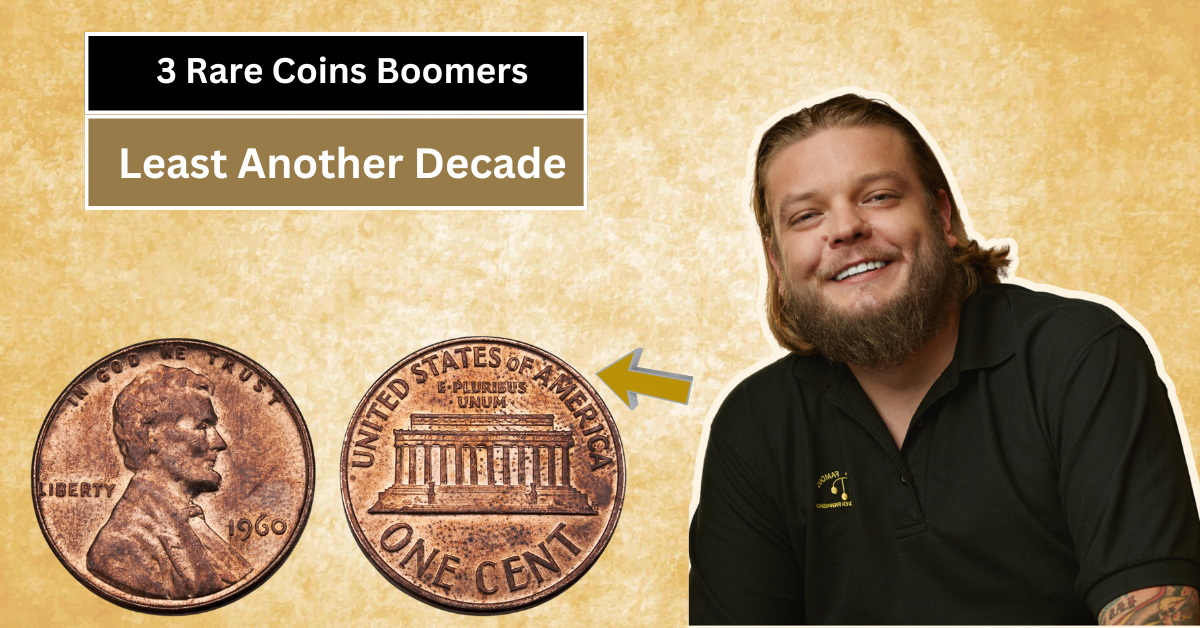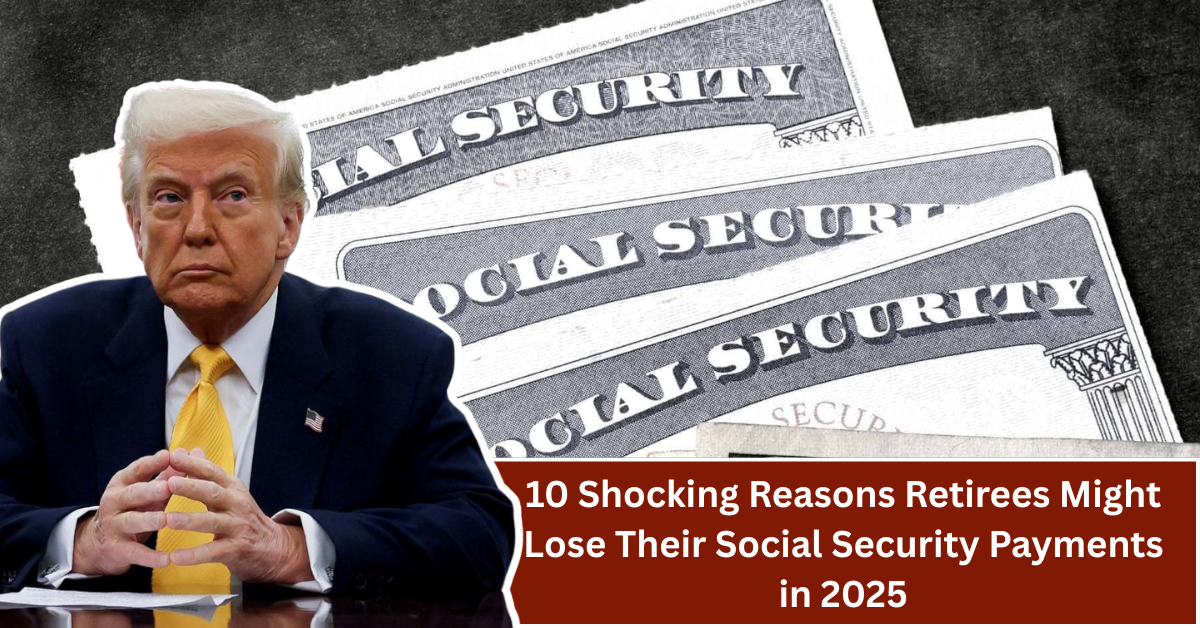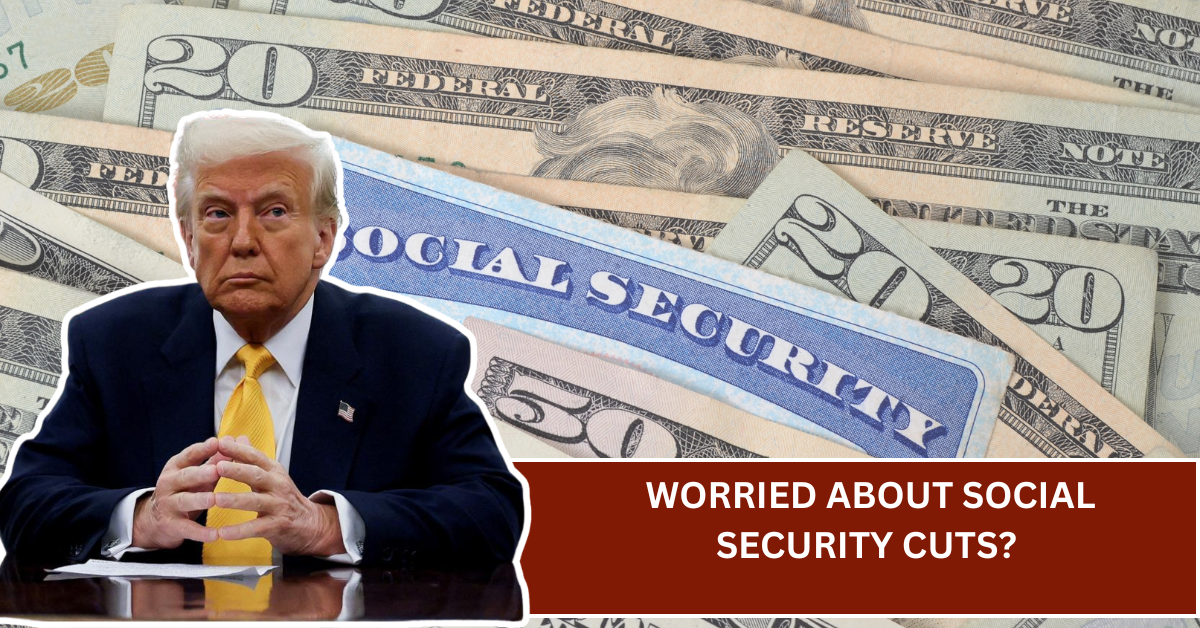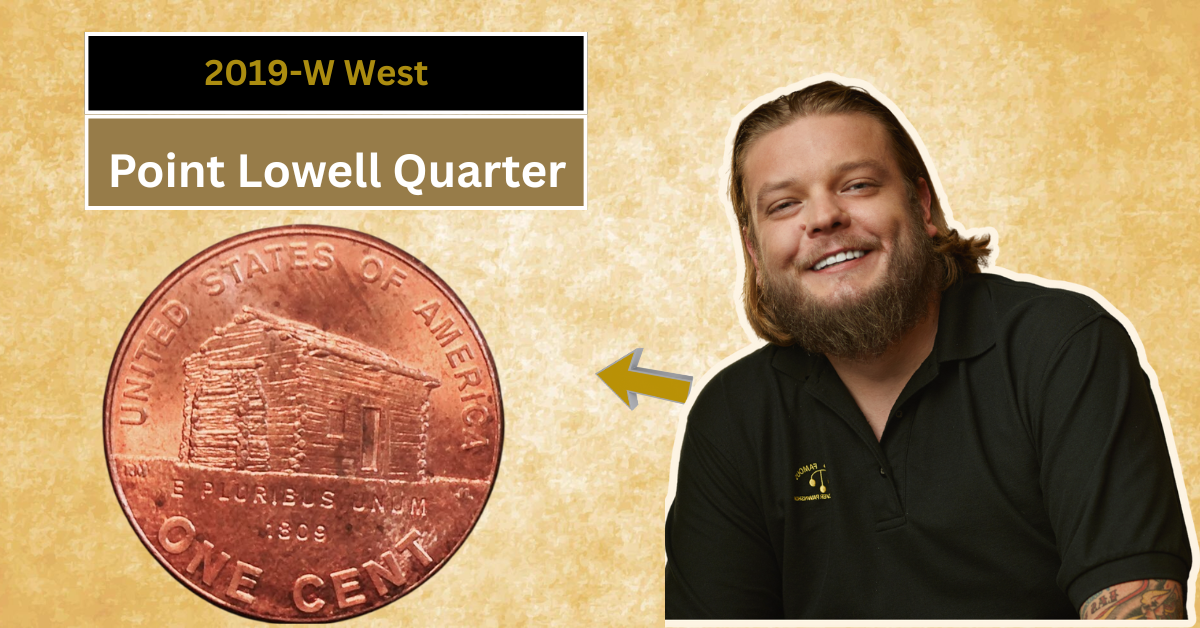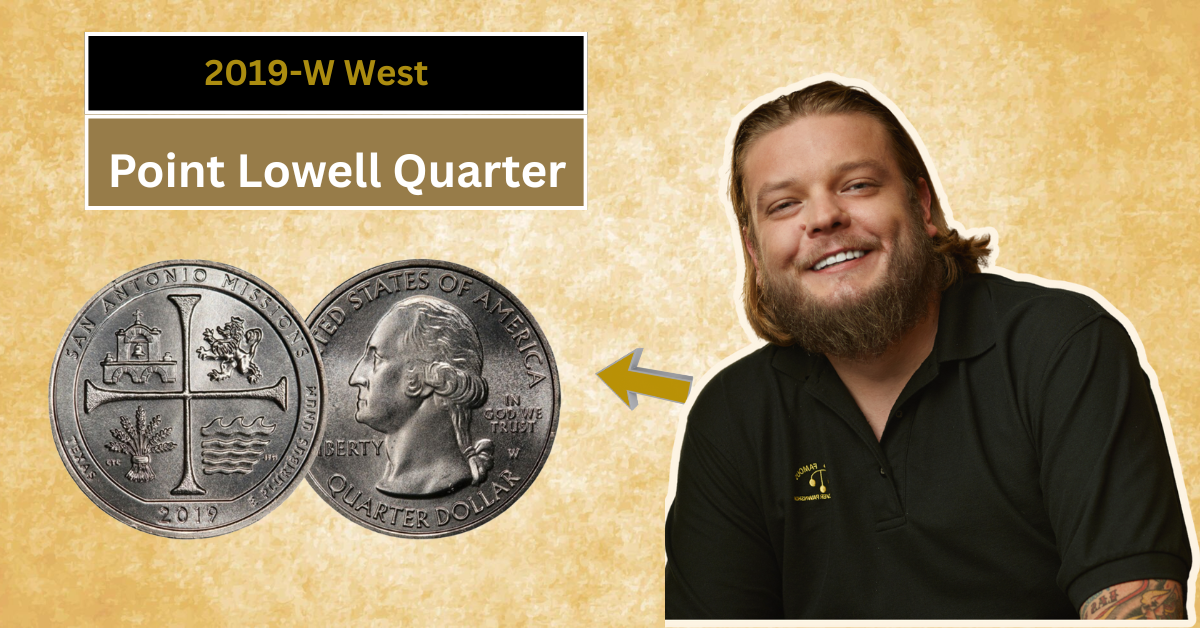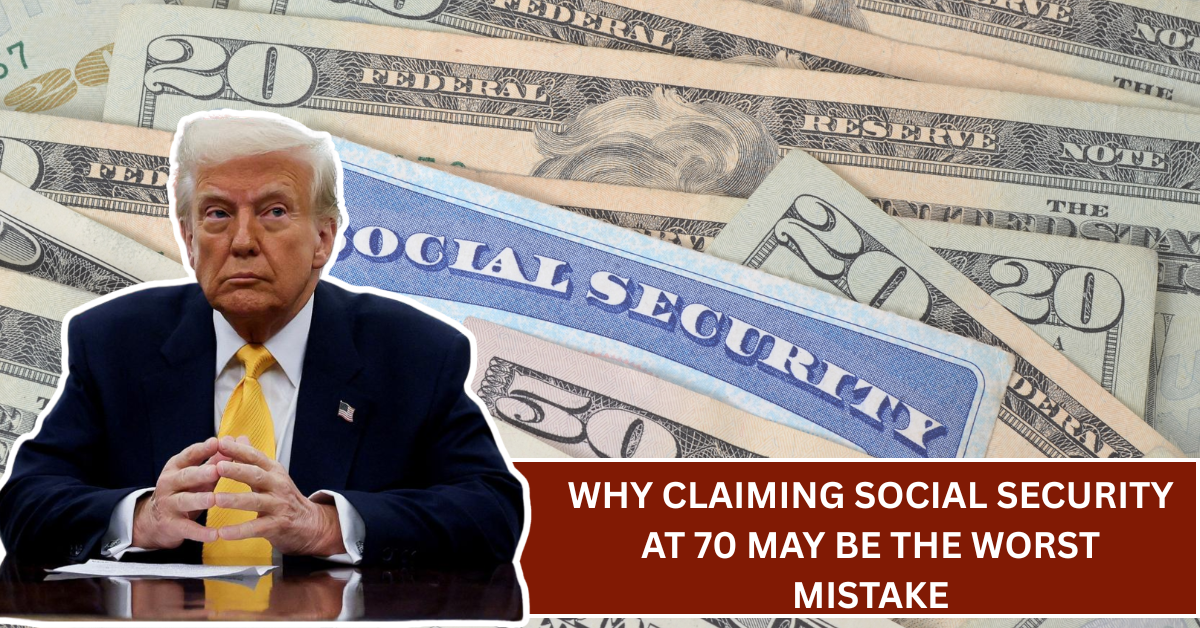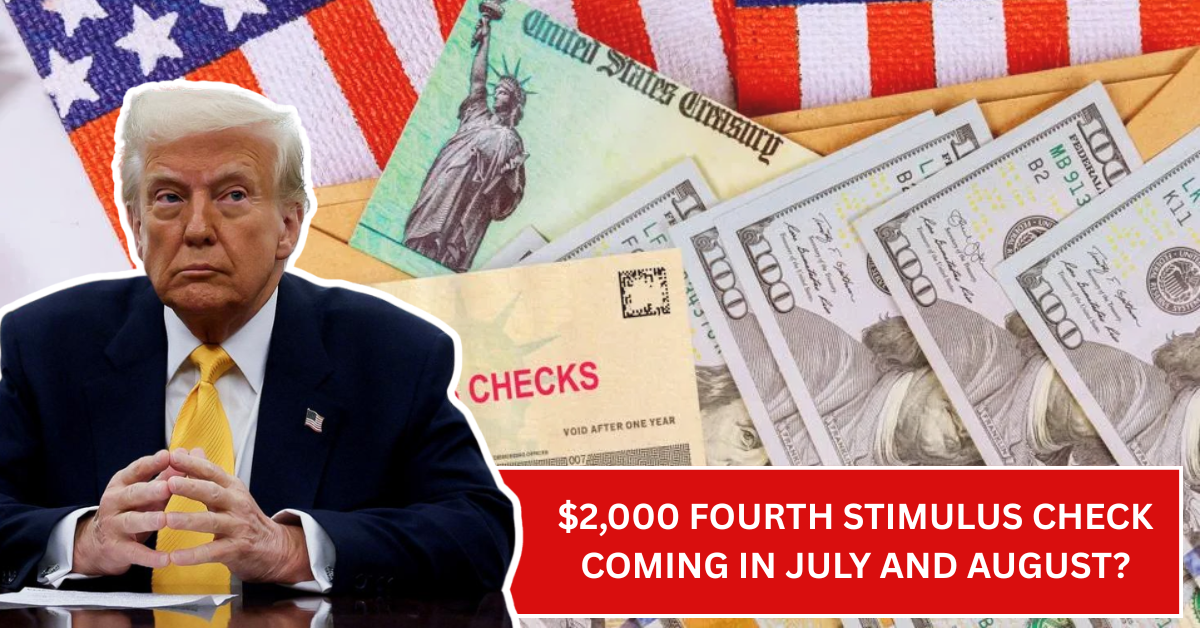
Recently, many people have been talking online about a new $2,000 stimulus check that’s supposedly coming in July or August. These viral posts have grabbed attention everywhere, promising a big financial boost for families and individuals. With so much buzz, it’s easy to get hopeful or confused about what’s really happening with US government payments and support.
In this article, we’ll clear up the confusion around the $2,000 stimulus check rumors. We’ll explain how some misleading posts mix up state energy credits and Earned Income Tax Credit (EITC) benefits with actual federal aid. Most importantly, we’ll share what the US Treasury has officially confirmed about stimulus payments for 2025.
What Are Stimulus Checks and Why Do People Expect Another One?
This Article Includes
- 1 What Are Stimulus Checks and Why Do People Expect Another One?
- 2 The Viral $2,000 Stimulus Check Claims: Where Did They Come From?
- 3 What Are State Energy Credits and EITC Boosts?
- 4 Why Is There No Fourth $2,000 Federal Stimulus Check?
- 5 How To Stay Updated On Real Stimulus News
- 6 What Other Financial Help Might Be Available in 2025?
- 7 Conclusion: What This Means for You
Stimulus checks are direct payments made by the government to help people during tough economic times. Earlier in the COVID-19 pandemic, the US government sent several rounds of these checks to support families and workers. These payments helped millions pay bills, buy groceries, and cover essential expenses.
Because of the success of past stimulus checks, many people watch closely for news of new payments. Social media posts sometimes spark hope by sharing claims about upcoming checks. However, not all of these claims are true or based on official announcements. It’s important to listen to verified sources before expecting new aid.
The Viral $2,000 Stimulus Check Claims: Where Did They Come From?
In mid-2024, posts started spreading online saying the government would send a fourth stimulus check of $2,000 in July or August. These posts caused a lot of excitement, especially on Facebook and Twitter. But officials say these claims are not accurate and come from misunderstandings.
One reason for this confusion is the mixing of different government programs. Some posts mistakenly link state-level energy credits or state boosts to the Earned Income Tax Credit (EITC) with federal stimulus payments. While these programs offer financial relief, they are not the same as stimulus checks sent directly by the federal government.
What Are State Energy Credits and EITC Boosts?
State energy credits are incentives offered by some state governments to help residents save money on their energy bills. These credits vary by state and often appear as deductions or rebates on utility bills. They are helpful but not the same as a federal stimulus check.
The Earned Income Tax Credit (EITC) is a tax benefit for low- to moderate-income workers, designed to reduce the amount of tax owed and sometimes provide a refund. Some states increase this credit to support their residents further. These boosts can give people more money, but they are part of state tax programs rather than federal payments.
Why Is There No Fourth $2,000 Federal Stimulus Check?
The US Treasury Department has confirmed there are no plans to send a fourth $2,000 stimulus check in 2025. While many people want more direct payments to help with rising costs, the government has not announced new stimulus checks beyond the ones already distributed in previous years.
Instead, the focus has shifted to other types of aid, like tax credits and specific relief programs. These programs aim to support economic growth and help people in more targeted ways, but they do not include issuing new large stimulus payments.
How To Stay Updated On Real Stimulus News
With so many rumors and false claims online, it’s important to get your information from trusted sources. Official announcements come from the US Treasury, IRS, or other government websites. Following these sources can help you avoid scams or misinformation.
You can also check reputable news websites or consult financial experts to understand which programs might apply to you. Remember, if a social media post promises a huge payment without any official confirmation, it’s best to be cautious.
What Other Financial Help Might Be Available in 2025?
While there won’t be a new $2,000 federal stimulus check, many families may benefit from ongoing tax credits or state programs. For example, expanded child tax credits, EITC boosts, or housing-related assistance might continue to support those in need.
Besides government programs, looking into personal finance tools like budgeting, saving, and exploring job opportunities can also improve your financial security in these times. Being proactive is key to managing money better, especially if you were hoping for a big one-time payment.
Conclusion: What This Means for You
If you were hoping for a $2,000 stimulus check this July or August, the news is clear: no such federal payment is currently planned. Many popular posts confuse different types of state financial help and tax credits with federal stimulus checks, which is why misinformation spreads quickly.
Stay informed by checking government and reliable news websites, and keep an eye on official tax credit programs that may offer support. Understanding the difference between state programs and federal aid can help you avoid disappointment and scams. Financial help exists, but it’s important to know where it comes from and how to access it.




